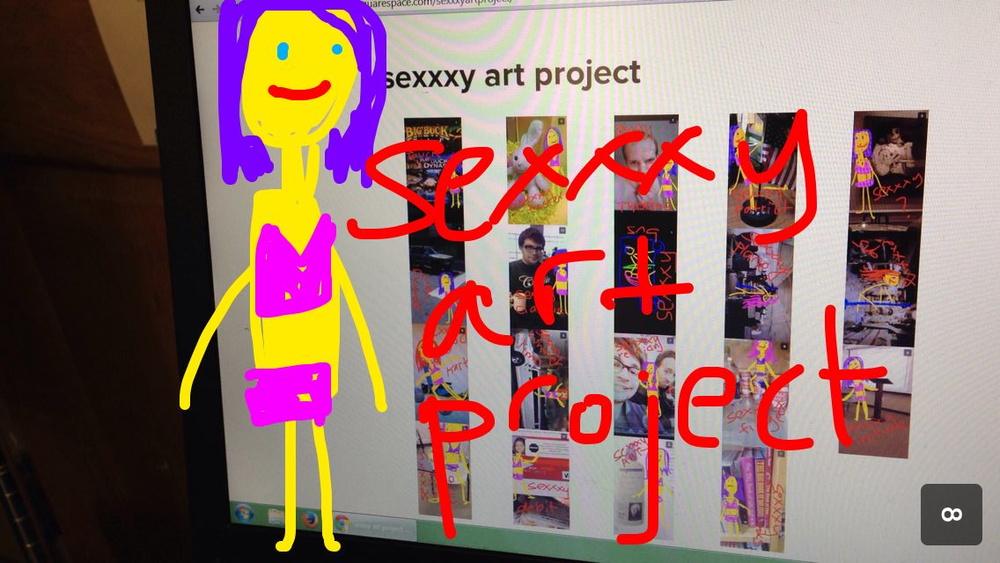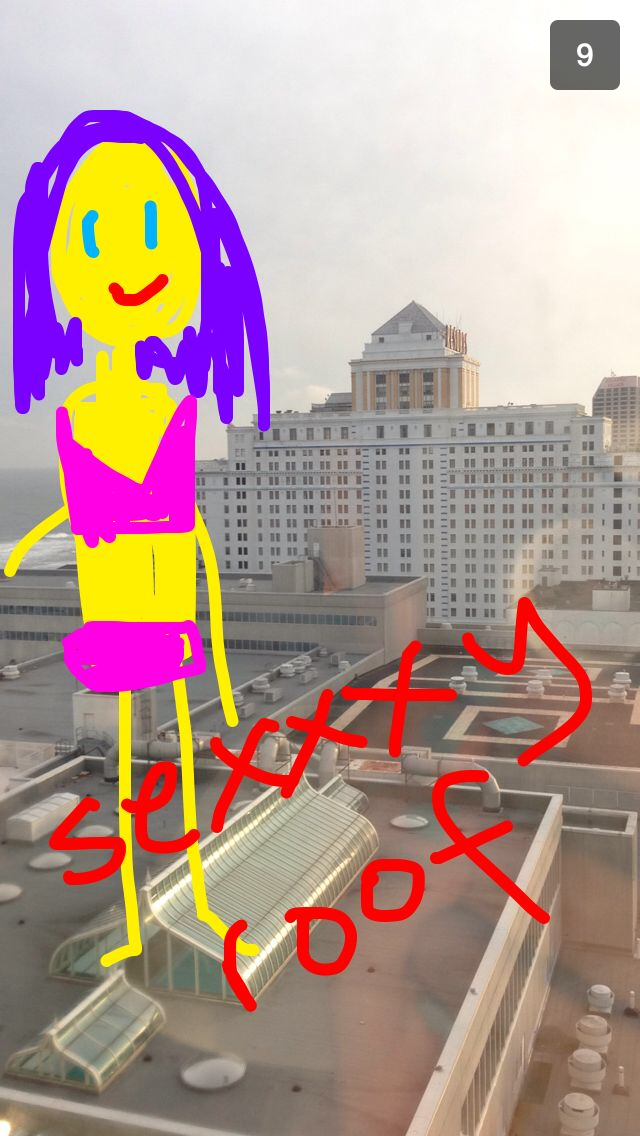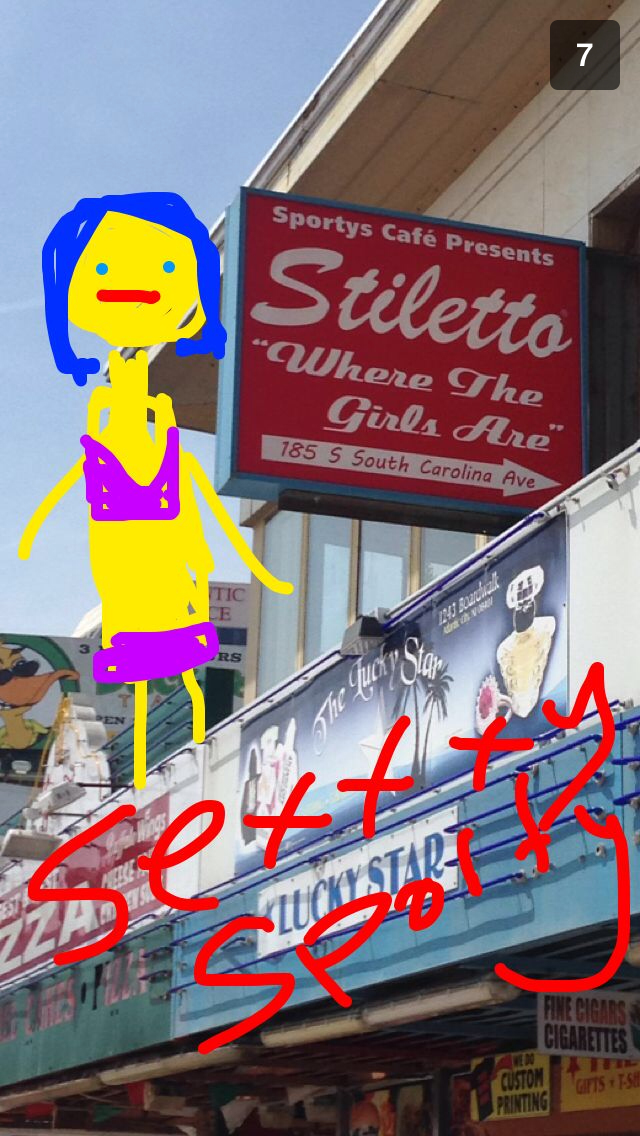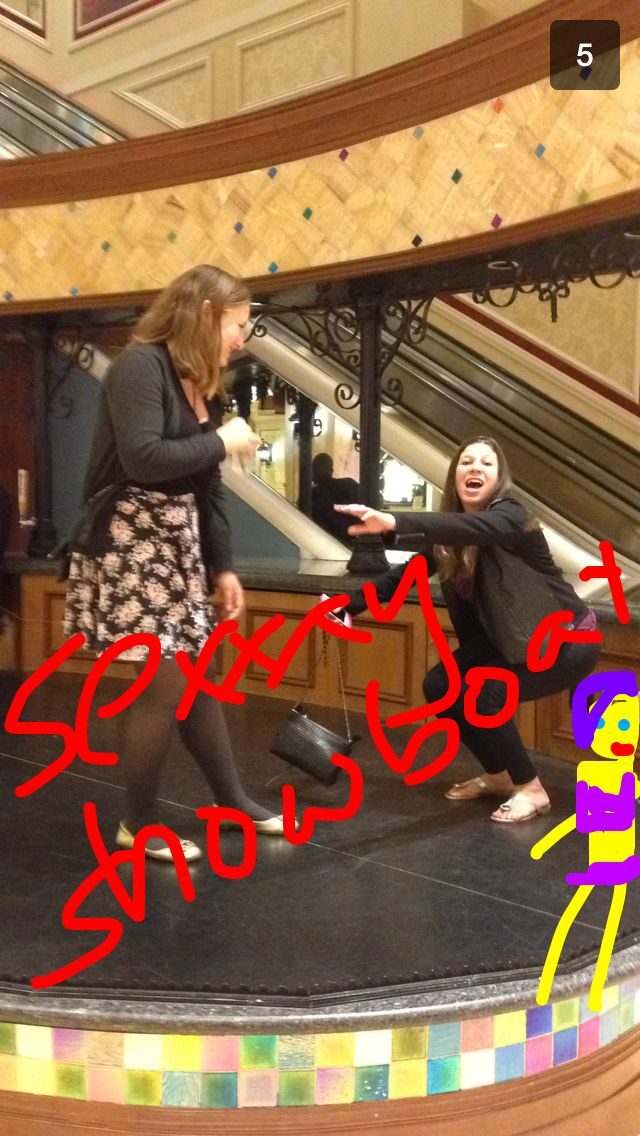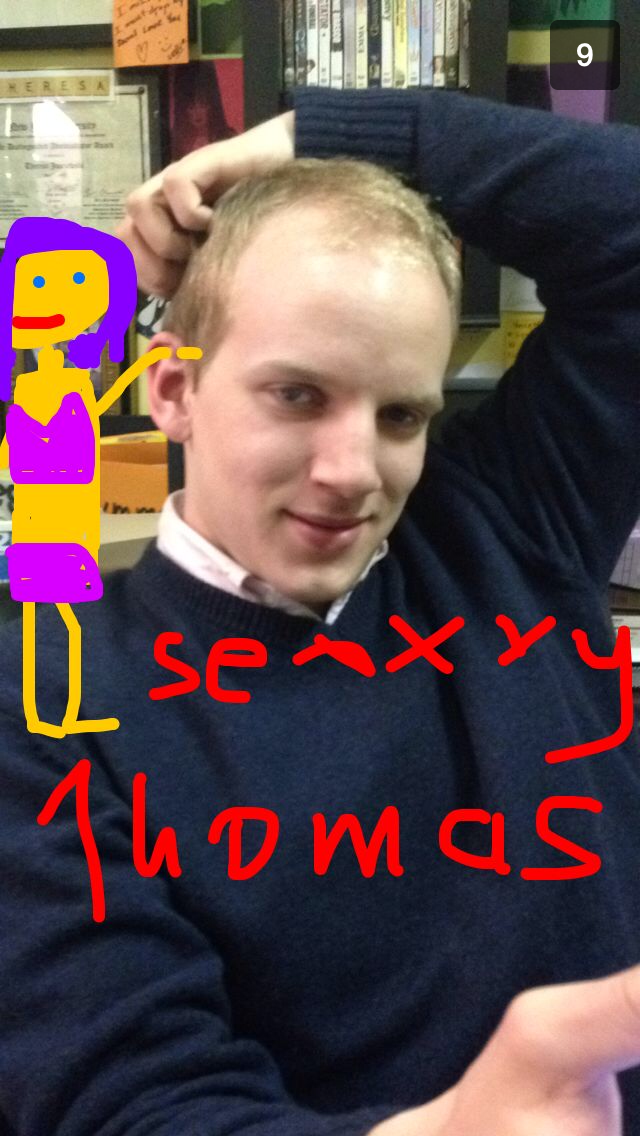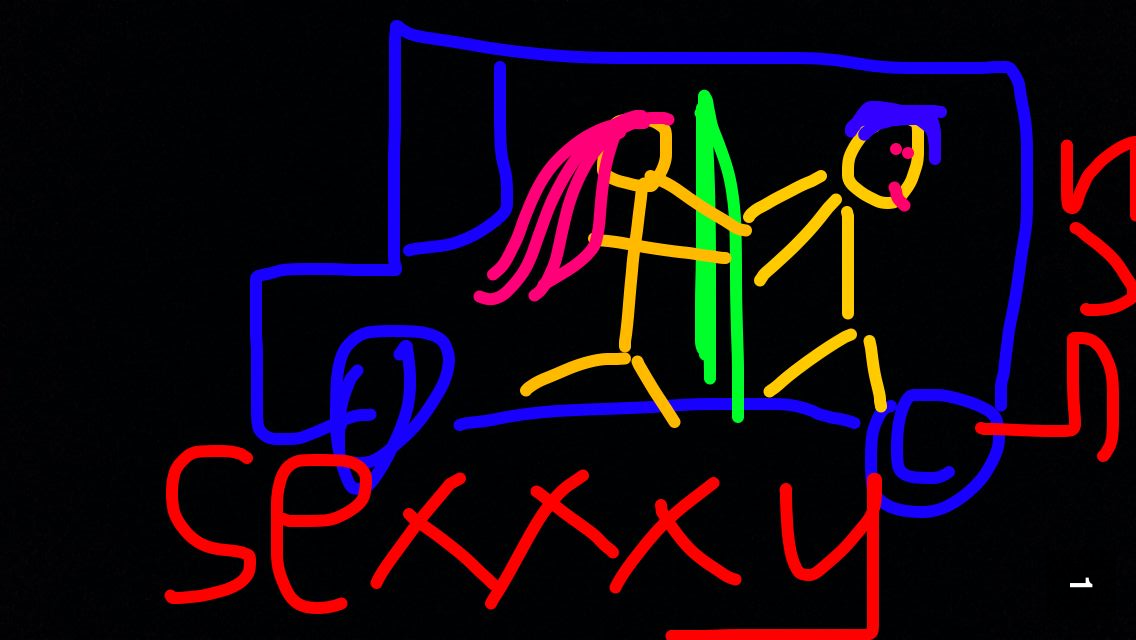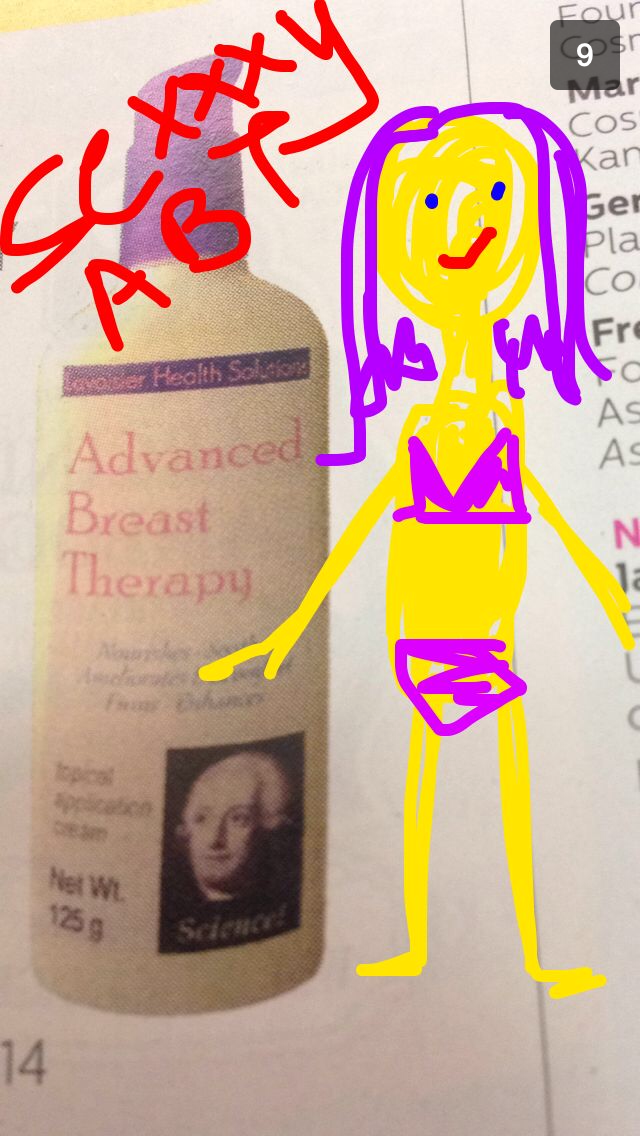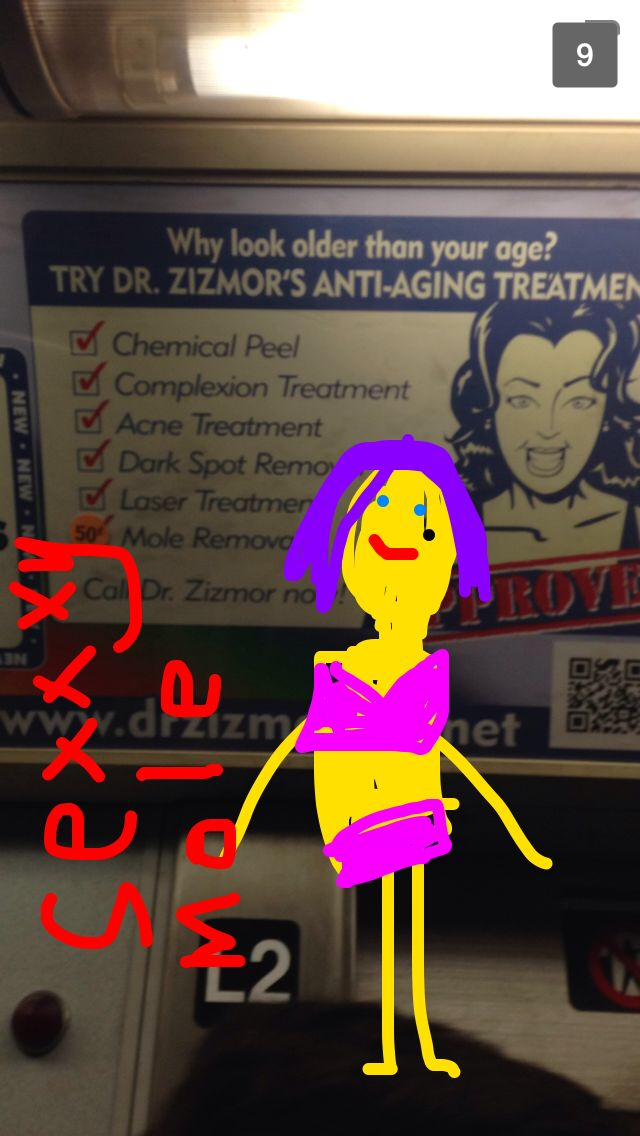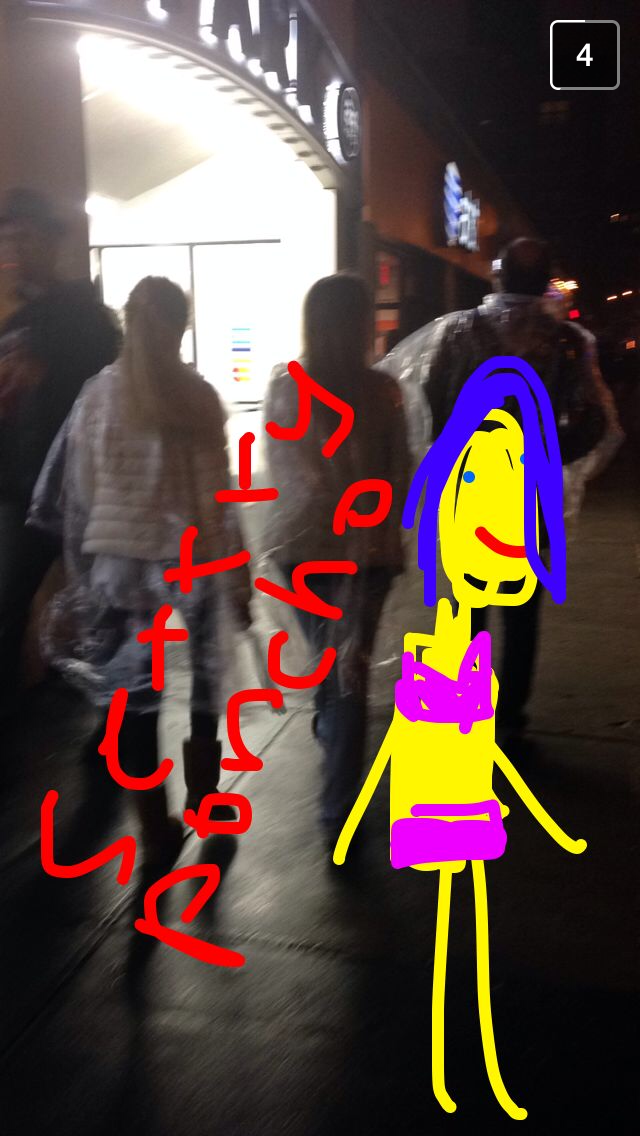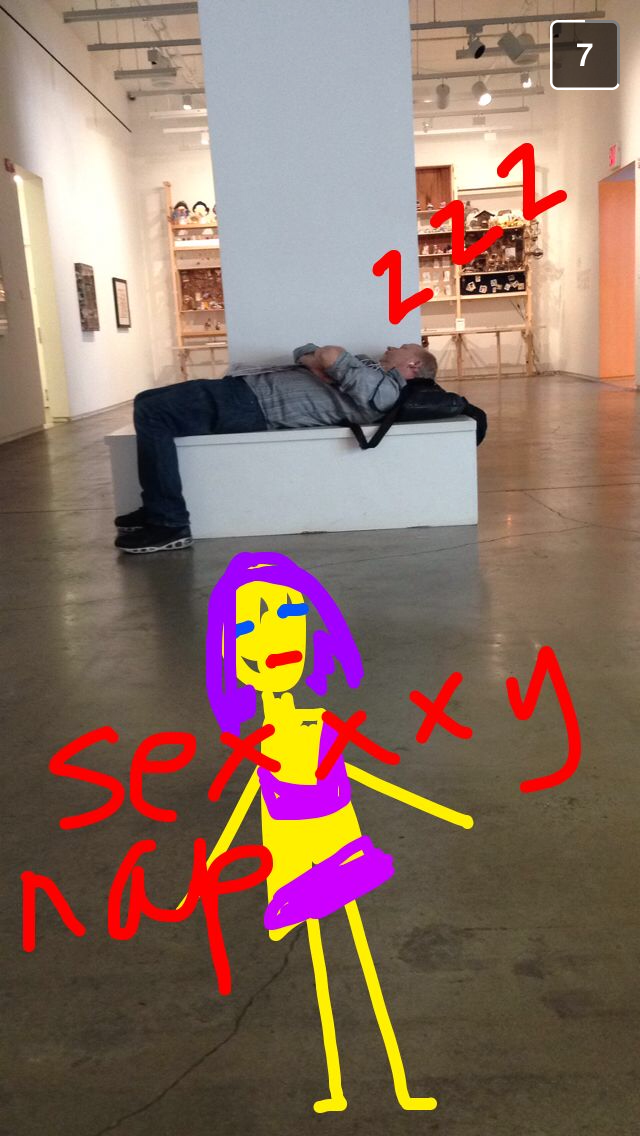"Are your roommates home tonight?"
It was inorganic phrasing though the intent was clear. I was at an apartment party in Brooklyn, celebrating the end of a friend’s battle with lymphoma. It was a small gathering, but just big enough for there to be a new person for you to meet in each corner of the loft. To this very day, I have no recollection of the name of the sandy blonde haired boy I was speaking to that night. I do recall the feeling of warmth rising from my cheeks to my ears as I blushed with slight, hopefully unrecognizable, embarrassment at his question.
“My roommates? Yeah, they are.” I frowned. My roommates have probably been sleeping since 10pm, I silently added. I then imagined my mother and father innocently in bed, a muted black and white Arabic soap playing on the television, my father’s snore stifling nighttime’s suburban cacophony.
I felt no need to offer the fact that my parents were my roommates. As well as my two older brothers. And my dog. And a cat that would probably be pissed if he knew I referred to him as "mine."
***
It was May 2013 and I was graduating. I had been dreading this moment since September, as it was a year earlier than my original classmates. But that was always part of the plan. NYU was my dream school; its tuition was my father’s nightmare. Subtracting a year from my path to a humanities degree was my aim in order to relieve the financial stress.
Moving home to New Jersey upon graduation was also part of the plan.
That summer, I found myself involved in constant conversation about my unemployment and living situation. I received phone calls on Monday afternoons from friends and family inquiring about my employment status. As if it was normal for a person at work to place a personal call. I am since convinced purgatory is sitting in your childhood bedroom on a Tuesday afternoon eating stale chips and watching Breaking Bad as a post-grad, periodically checking your spam folder to see if maybe you missed a potential employer’s response.
When I finally accepted (read: was offered) a job in the fall, my old worries were replaced by new ones. All of my friends were experiencing the same routine I so badly wished I still had: classes, sorority events, early (and free!) film screenings at the Cantor Film Center, the luxury of peeing in any NYU building they pleased. I was working a 9 to 5 (sometimes 6, 7, 8) job that had me frowning most weekday mornings as I got ready. It wasn’t a job I wanted, but one I felt obligated to accept simply because it was a job and I felt shame for being unemployed for the summer as it was. As much as I dreaded going to work everyday, it became an escape; a way back into the city I loved, a reason to be there, to pretend I was still part of it.
Albeit, work could only keep me for so many hours. I still wasn’t waking up to the sounds of construction that I once detested but began to deeply miss. Waking up in the bedroom I grew up in all my life felt foreign. The Die Hard posters on my wall, the mess of clothing covering any suitable path into and out of my room, the sound of my brother brushing his teeth in the bathroom in the morning – all of these signs of normalcy felt wrong. There was an electrifying quality of New York City life that I craved, but more than that – I felt like moving home meant I was moving backwards.
I resented my living situation and stayed in New York five nights a week. I was at Dollar Beers every Tuesday night (yawning by midnight as my friends were just getting started) and spent many nights on a blown up air mattress in my friend's narrow kitchen (complete with a slanted tile floor) in the West Village. I would say goodnight to my friend, whose hospitality remained persistent and unwavering despite the inconvenient size of her apartment, and attempted to sleep in the dark space, large enough for my twin size air mattress alone. I spent many nights peering through the dark at the shelf of pantry goods in front of me – mostly spices and oatmeal - feeling somber. It never made sense: my nights out were generally great or mediocre, at worst; and yet, I felt sad going to sleep. It wasn’t the discomfort of my back or irrational fear of rats running across my body, as these were things I ignored at least until the sun rose. It was a longing; a deep and equal combination of lacking and wanting.
It’s an ingrained habit that I call my parents everyday. During my nights in New York, I would text my parents when I arrived in the city, when I reached my (initial) destination, and make time to call at a reasonable hour feigning my bedtime. Their voices, whether tired, bored, or blocked out by the welcoming recognition of my dog barking to my voice in the background, would make my heart sink a little. This happened every time I spent the night away from home. I missed my parents. I missed my house. I missed walking in to see my aunts and uncles drinking coffee or scotch (depending on the hour) or my parents watching a movie in the family room. I missed my dog scratching my feet until I removed my socks so he could lick my feet and his desperate pleas for me to never go away ever again.
My house was a home I enjoyed being at. It was filled with love and security and it offered a place for me to hide when stressed or annoyed. My family provided a drama-free, problem-free zone. Walking into my house was equivalent to a sigh of relief. And after months of making a home on friends’ couches, I began to prefer my own bed.
I think in order to make a home, the people you choose to live with trump the location of choice. This isn’t the same for everyone. Some people prefer living alone, or living in the “perfect” apartment with complete strangers. But for me, walking in to a face I want to see is what makes a home. My last year at NYU was part of the reason leaving New York City was so hard; I came home to a roommate I would gladly pry my eyes open all night just to stay up and talk to and lived down the hall from a best friend who supplied me with ingenious advice and, if not, a sympathetic “Oh, Nat” every time I had a problem. I was waking up to the company of people I couldn’t wait to hang out with, and for that, I was spoiled.
In the past two years, my friends have gone their separate ways, no longer making the hallway of Palladium, an NYU residential hall, the central location of convenience. My cherished roommate, Tamara, moved to San Francisco; my constant source of advice, comfort, and irritation, Josh, began to work inconsistent and long hours as an investment banking analyst; and, I, of course, had moved to New Jersey. Things were changing regardless of our wants. Oddly, I found it relaxing. I never wanted to look back at my past year and find myself in the exact same place.
Moving doesn’t need to be physical. I’ve found that living at home, though juvenile in reputation, has propelled me into adulthood faster than living on my own in New York would. I’m less spontaneous and more if-you-want-me-there-give-me-24-hour-notice. I don’t know if that qualifies as adulthood or the result of me no longer packing my travel toothbrush in my purse, but I would like to believe it’s the former. My friend Sal’s response to drama is, “I make too much money for this shit.” I follow the same concept, just tweaked a little: I have too little time for this shit. Living a dual-residential lifestyle is difficult and exhausting; the only way I can make the most of it is if I spend my time in the company of people who add to my life and make me happy. Living in New York set me on a routine in which I saw the same people every day. Commuting has forced me to carry an agenda around that allows me to write down reminders to grab dinner, drinks, or see a show with all the interesting people in my life that are easy to lose touch with.
And sometimes commuting has forced me into contact with people I have lost touch with, as I take the bus into the city with my former high school peers. Apparently it is more likely for me to run into an old friend on a late NJ Transit train than a bar in New York. Just ask my friend Rono Yick, who found me grumpy and tired on an 11PM train home but still thought it was a good idea to sit next to me. Rono is actually one of the few high school peers I’ve ran into in transit that has offered an optimistic point of view of commuting. Usually, I share sighs and grumbles with people, complaining about delays or the two hours of our day reserved for the road; not Rono. Rono told me, “It’s definitely challenging, and it keeps you away from living a ‘normal’ life with co-workers and friends in the city, but I think living at home is where I need to be. If it gets in the way of work, then I will consider other options.”
That was nice to hear, simple and true. I have friends who live of equal or longer distance to Manhattan from Brooklyn than I do from New Jersey, and while we agree that commuting sucks, it is something we make do for the sake of building a home. I read and write more than ever with my 50-minute bus commute to and from work. I see extended family and friends in the same weekend. No, I can’t be in two places at once, but I do my best to make it work for everyone, most importantly myself. It’s a tiring lifestyle – unique and common in its own respects – but never boring.


